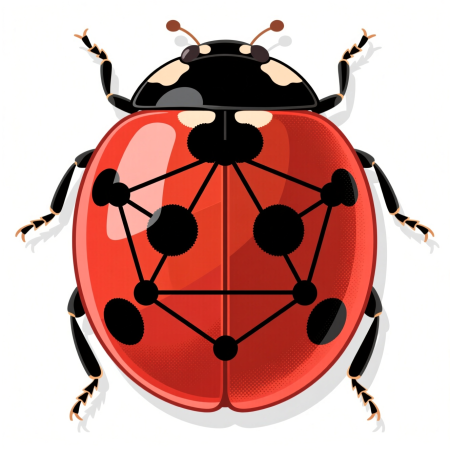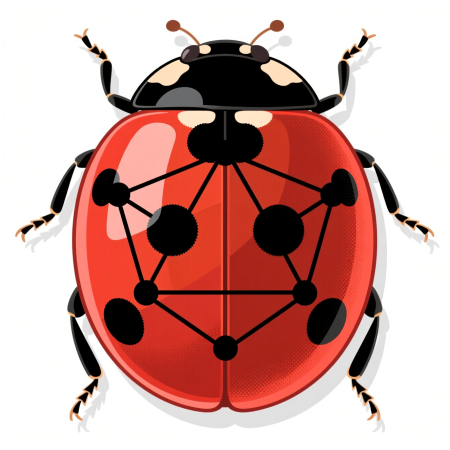Casting
Casting refers to the operation of converting a value that is of one particular data type, to another data type.
This is done in Ladybug using the CAST function.
There are two ways to utilize the CAST function. The syntax for either approach is below:
CAST(source, "type"): In this approach, you pass in the source value as an argument to theCASTfunction, and the target data type as a string argument.CAST(source AS type): In this approach, you use theASkeyword to cast the provided value to the target data type.
A floating-point number can be cast to an integer:
// This worksRETURN CAST(2.3, "INT8") AS l;// This also worksRETURN CAST(2.3 AS INT8) AS l;Returns:
┌─────┐│ l │├─────┤│ 2 │└─────┘Not all inputs can be cast to every data type. For example, INT[] cannot be cast to INT. Even
if a cast between the input’s data type to the target type is well defined, the cast can still fail
if the input’s value is not suitable to cast. For example, casting the STRING data type to
INT is well defined — you cannot cast "abc" to INT, but you can cast "12" to INT.
RETURN CAST("12" AS INT) AS l;Returns:
┌─────┐│ l │├─────┤│ 12 │└─────┘A string array can be cast to an integer array as follows:
RETURN CAST("[1,2,3]" AS INT[]) AS l;Returns:
┌─────────┐│ l │├─────────┤│ [1,2,3] │└─────────┘
